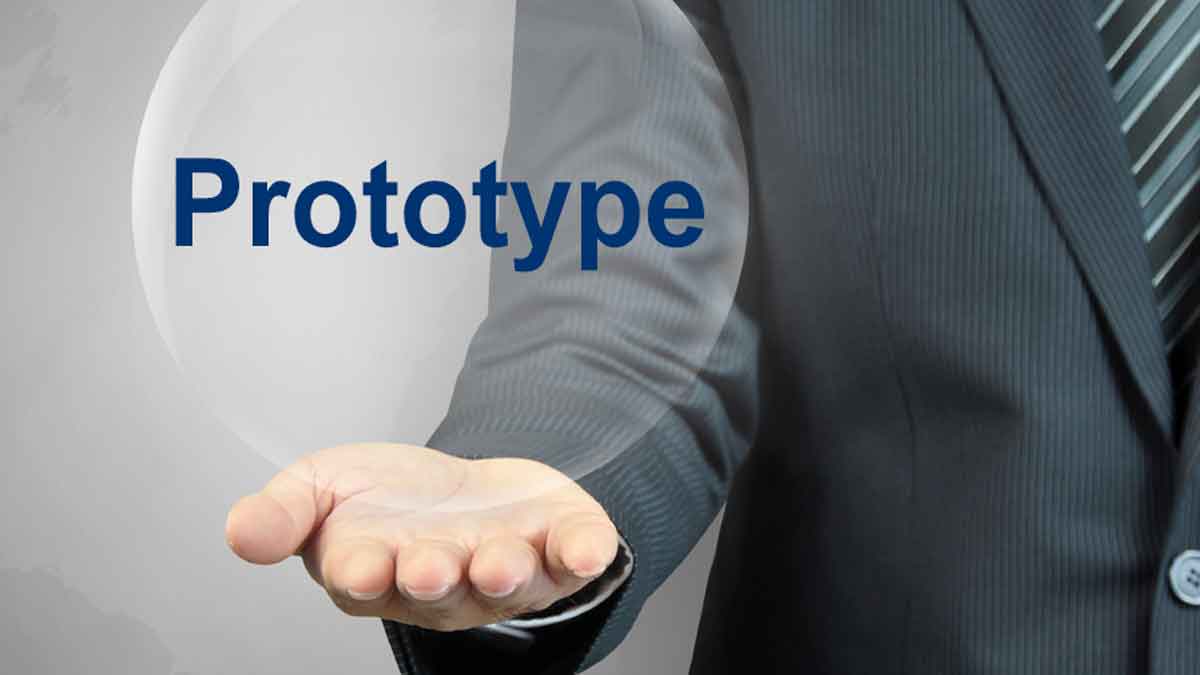If you ask B2B customers the right questions, you can replicate their experience within your operation. Learn which outcomes they care about, which test methods simulate those outcomes, and how much satisfaction would be delivered by any test result. Do this properly and you’ll know how they’ll react before they react.
More in white paper, Catch the Innovation Wave (page 11).
Imagine you’re planning to build a new home: Your architect sees you for half an hour, spends the first 15 minutes talking about sports, and then shows you pictures of other houses he designed. Later, when the house fails to please you, he dismisses it saying, “Well that buyer just didn’t know what he wanted.” Ever treat customers this way?
More in article, What is New Product Blueprinting?
Most of their thinking goes into adjusting their hardhats. Too bad: Tour insights provide great context for interviews… and your “fresh eyes” may yield ideas for improvement. You might see what everyone else has seen, but think what no one else has thought. You just need to learn the proper skills to do this.
More in e-book, Reinventing VOC for B2B (page 17).
For every job a customer does, there are dozens of potential outcomes… so diverge with customers to uncover far more than competitors. Then ask for 1-10 importance and satisfaction ratings so your R&D can converge on the important, unsatisfied outcomes… while competitors guess. I’d like to make this sound more complicated, but it’s not.
More in white paper, Timing is Everything (page 8).
Innovation is fueled by the unexpected. But many suppliers are surprise-averse. They start with their own ideas, filter them through internal processes, and avoid customer-led interviews. In an odd twist, surprise-averse suppliers are the most likely to be surprised… by mistaken market assumptions and blockbusters introduced by surprise-seeking competitors.
More in white paper, Catch the Innovation Wave (page 10).
When you validate your new product concept with customers, they may tell you if it’s a dud. Great… you’ve avoided the error of commission. But what about the error of omission? If you first enter the customer’s world with B2B divergent interviews, you might learn of unexpected needs that lead to a blockbuster.
More in white paper, Lean Startup for B2B (page 9).
Innovating companies that directly engage their customers have operating income growth rates three times higher than those that do not. When you see a gulf of 3X, it should scream “opportunity!” Gaining customer insight in an engaging manner may be commonplace in the future, but today it’s a competitive advantage. Will you seize it?
More in article, Why Maximizing Shareholder Value is a Flawed Goal
A Landmine can kill your project… but who steps on a Landmine they can see? When you convert assumptions and questions into facts, you make landmines visible and therefore harmless. A Launchpad is an unexpected, high-value customer outcome. Discover these before competitors to develop solutions in a “competition-free zone.”
More in white paper, Innovating in Unfamiliar Markets (page 13).
Surprises in quality or cost control are unpleasant. But innovation relies on surprises. Without “non-obviousness,” an invention cannot even be patented. When a previously-hidden customer outcome becomes known, the discovering supplier has the luxury of seeking solutions in a competition-free environment.
More in white paper, Catch the Innovation Wave (page 10).
Neither will customers pay you for a product they don’t need. I call this new-product failure mode, “Nice shot, wrong target.” It is far too common. Most customers really do have something “broken” that needs fixed. Figure out what this is before you design your next new product, and they’ll pay you handsomely.
More in New Product Blueprinting article, Are You Maximizing Your Profits?
One is throwing more money at R&D in a Soviet-style arms race. Another is exhorting the troops to do better. An all-time favorite is asking tough project-review questions… but not training teams in the skills needed to find the answers. What if all your teams had the highest possible skills in understanding customer needs? Might this work better?
More in article, Do You Really Interview Customers?
Ever watch stage-gate reviews or entire workshops wrestling with The Value Proposition? It’s not pretty. In my experience, good B2B customer interviews yield potential value propositions like so many ripe apples falling from a tree. You just need to pick which to pursue. If you have to dream them up, you’re climbing the wrong tree.
More in article, Three Steps to Unbeatable Value Propositions (Originally published in B2B Organic Growth newsletter).
Confirmation bias is the “tendency for people to favor information that confirms their preconceptions or hypotheses, regardless of whether the information is true.” It’s what happens when you take your lovely new-product hypotheses to customers. This systematically distorts data on customer needs… and that can’t be good for innovation, right?
More in article, Give your Hypothesis the “Silent Treatment” (Originally published in B2B Organic Growth).
Ultimately, everything your business does should be about efficiently delivering value to customers. If you don’t focus on clusters of like-minded customers, their needs will be randomly observed by different people in your company at different times under different conditions. Not an efficient way to develop new products—your lifeblood.
More in New Product Blueprinting article, How’s Your Market Segmentation?













